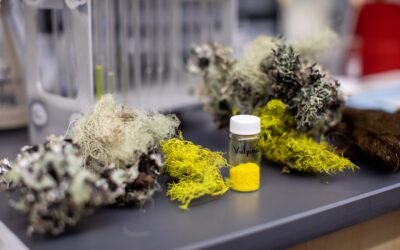Researchers at the University of Nevada, Reno in collaboration with Henry Sun of the Desert Research Institute and Christopher McKay of the NASA Ames Research Center received a NASA Established Program to Stimulate Competitive Research (EPSCoR) seed grant to study how they can mimic biology to make some powerful sunscreen.
“Mountain Rain or Snow” Seeks Citizen Scientists and Winter Storm Reports
Mountain Rain or Snow is launching a project where citizen scientists like you can submit observations of rain, snow, and mixed precipitation via your smartphone, laptop, desktop, tablet, or any other device with a browser.

